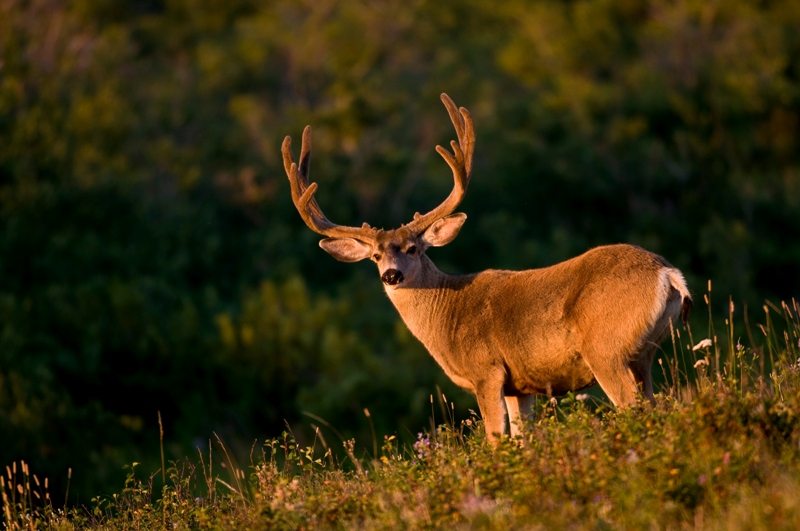
Back in January, I posted Why I Lab Age Mule Deer. Besides the fact that it’s interesting to know exactly how what month and year your buck was born, the knowledge can also help you to know what to expect from older bigger bucks once you’re in the field.
As I write in my book Hunting Big Mule Deer, I think older bucks are a subset of the mule deer species. I say this because they behave differently than the rest of the herd. Where they live, where they bed, how they feed, and how they react to hunting pressure are only a few of the differences I’ve noted. Knowing how old bucks were when I killed them is just one more piece of the puzzle in figuring out how to tag my next one.
As I wrote back in January, I had just sent my two bucks from 2014 to the lab (along with some bucks and bulls from other hunters.) Results actually came back in March but I was so busy with the book, I hadn’t had time to post. I just shipped another order for some other hunters and that reminded me I needed to get this information up.
Here is my Colorado muzzleloader buck, taken on this hunt “Good Buck Down” (if you want to follow that hunt from the beginning, click “Live from Colorado.” and follow from Opening Day through Day Nine
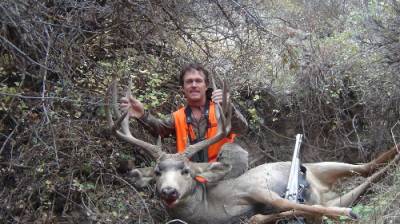
This buck lab-aged at 4-years old. I killed him at about 90 yards while still-hunting some rough breaks with juniper and oakbrush. I’d seen smaller bucks in the surrounding open country but this buck stayed close to the cover during daylight hours- like most 4-year old or older bucks I’ve seen.
This is my Idaho buck taken in the backcountry after an 8-day hunt. You can follow that hunt starting here Backcountry Mule Deer Hunt and following the blog through Day 8.
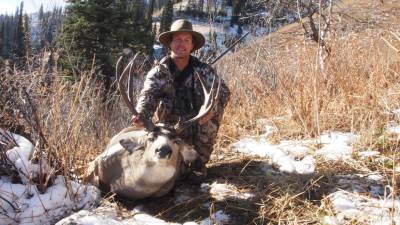
This buck lab-aged at 8-years old and is the second oldest buck I’ve ever taken. If you watched the video from the hunt, you’ll noticed I mentioned how big in the body he was. I’d estimate easily over 300 pounds and now that I know exactly how old (he was born in June, 2006), I’m confident that my estimation in body size isn’t far off. Few mountain bucks in Idaho reach 300 lbs. I killed him in November in a mixture of open country and steep brushy draws. Of course he was in the brush when I shot him. I’d seen him in the open country right at daybreak but by time the sun hit the mountain, he was near the cover, just like most of the big deer I’ve seen and killed.
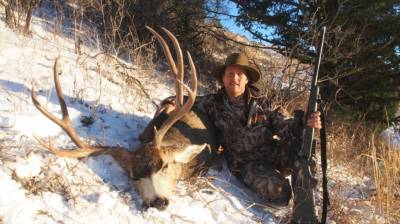
UPDATE: Here is my 2016 Idaho buck. I took him on a rut hunt in late November during the migration. He lab-aged at 7-years old. I killed him late in the afternoon by slowly moving through deer country and glassing the openings. He was by himself but I could tell he was searching for does by his behavior. You can watch a video from that hunt here Day 9- Continued
If you’re interested in aging your own bucks or bulls, you can visit my outfitting website at WeScout4.com
Make sure you subscribe to the Rok Blog by clicking on “Subscribe to blog” upper right under Fitness/Other.
Lead photo courtesy of Rodsinclairimagery.com














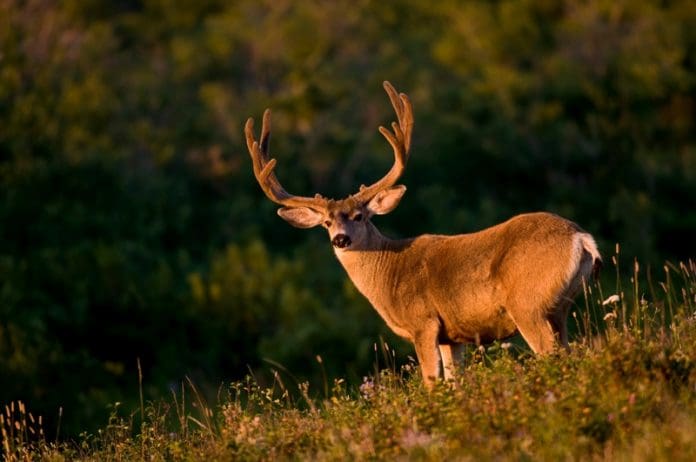






I love this kind of data too.
Wow, 8 years old. How old was your oldest buck if this one was only the second oldest?
Logan, oldest buck I’ve taken was 9 years old
Is it too late to lab test the age of a Mule deer a year after it was harvested? Is teeth wear a good indicator?
Gar
Gar, I’ve aged them 5 years after they were harvested. Wear is NOT a good indicator as it varies by individual, diet, area. Cementum age analysis is the only exact way. We’ll be shipping sample after fall season, so let me know if you’d like yours aged. [email protected]
Comments are closed.